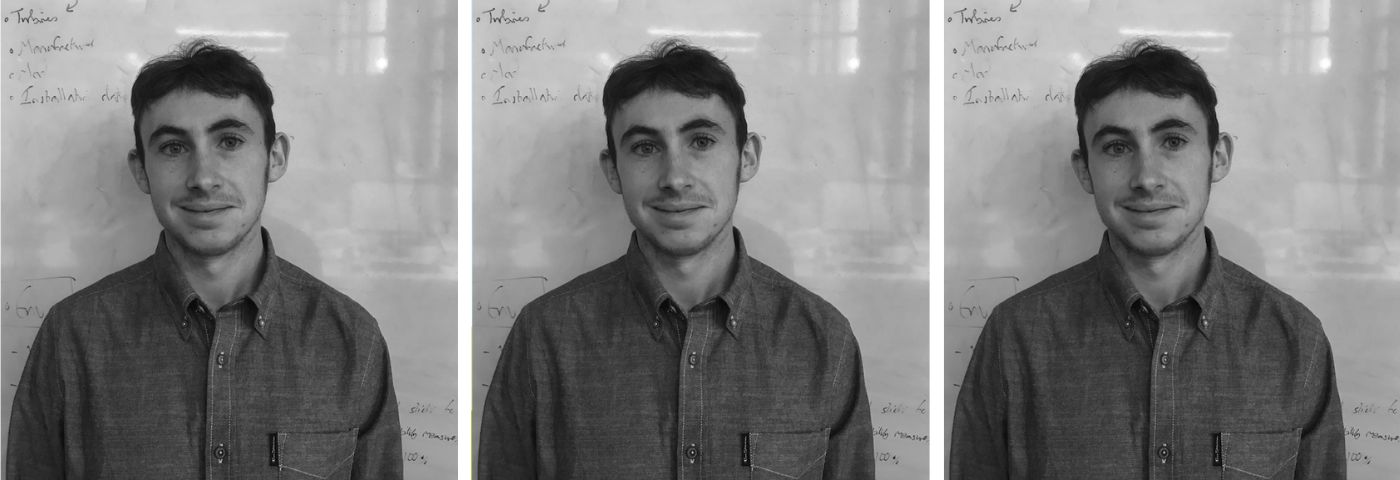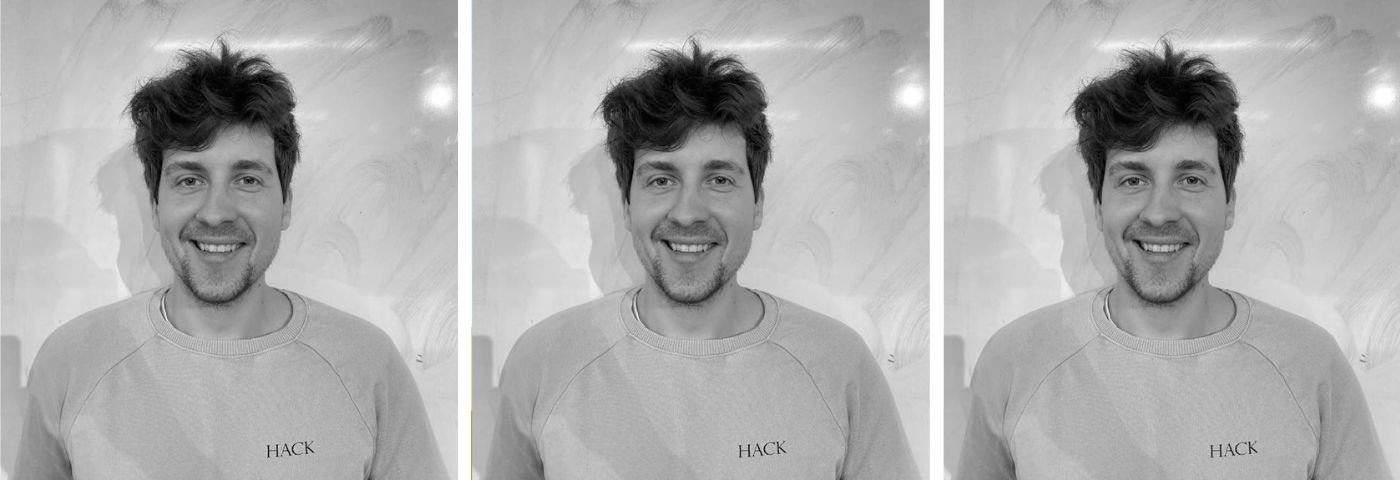Race to Zero. How machine learning can help
Outside the challenges presented by the ongoing pandemic, one of the biggest global focus areas right now is reducing green-house gas emissions, given the potential harm that a global raise in temperature would have. In 2015, the Paris Agreement was adopted by nearly every nation to address climate change and its negative impacts, with its long-term goal to keep the rise in global average temperature to below 2°C above pre-industrial levels, while pursuing the means to limit the increase to 1.5°C. At the latest climate change summit, held in April 2021, all countries provided reassurance that they are taking action to comply with the Paris Agreement, and they have set goals to be achieved by 2050 with most of them setting intermediate goals for 2030.
The US announced that they aim to cut emissions to 50% below their 2005 levels by 2030, the EU set the target to 55%, whilst China’s president stated that they will go carbon neutral by 2060, and the UK has plans to cut carbon emissions by 78% by 2035 when compared with 1990 levels. Given these ambitious targets and the wider Paris agreement, the Race to Zero campaign was created to build momentum and support towards zero carbon, along with sustainable growth across multiple industries and countries.
Globally, the water sector contributes to 2% of greenhouse gas emissions. With growing populations and strain on freshwater resources, there is a need to ensure that reliable provision of clean water can also be environmentally sustainable. Water UK, a membership organisation that represents water and wastewater service providers across the UK, joined the Race to Zero campaign and has set out its route map to achieve net zero emissions by 2030.
How does the water industry contribute towards emissions in the UK?
In the UK, an average household consumes approximately 350 litres of water a day. With more than 26 million properties connected to the water network, it perhaps shouldn’t be a surprise that moving and treating water, an energy intensive process, accounts for 11% of the greenhouse gas emissions across the water sector. Another significant contributor is the treatment of wastewater and sewage which result in emission of methane and nitrates, both of which have been identified as areas in need of focus to achieve the 2030 emission goals.
The water sector has started to take action to reduce emissions – investing in areas such as: optimising the efficiency of wastewater treatment systems, utilising renewable power sources and creating renewable gas from sewage water that can be then injected into the grid. Actions to date have enabled the sector to reduce emissions by 45% since 2011. While this is a significant achievement, a great deal more progress is required to reach the longer term targets of net zero and a wide range of innovative initiatives will be required.
How can Artificial Intelligence (AI) and Machine Learning (ML) help to achieve the Race to Zero goals?
The improvement of machine learning (ML) in recent years has allowed it to be introduced across multiple sectors. It has proven particularly useful in control optimisation in several different settings such as irrigation systems and in reducing energy consumption for a range of processes. There are further ML applications in machine health monitoring, helping to ensure safe and reliable operation of complex assets. All of this can be applied to the water sector to achieve reductions in emissions, contributing to the Race to Zero goals.
Physics based digital simulations of a system, or plant, can of course be used to create a digital twin of the physical entity to bring useful insights about system state and behaviour. However, ML can also be used to create a digital twin model driven by empirical observations, which can often be more powerful in terms of informing operators through its ability to make predictions about how the system will perform into the future.
To create such an ML model, past sensor data can be collected and used for training, allowing the model to learn complex non-linear relationships between plant variables. Our previous blog discussed how such ML models can be used to power continuous dynamic plant optimisation. Plant control settings and other contextual data are used as an input for the ML model to predict plant performance. This can then be combined with an optimisation algorithm to find the best controller values based on a defined objective. In wastewater and sewage water treatment plants, this optimisation can be applied to enhance plant performance by reducing energy consumption and emissions while maintaining output quality standards, all without the need for plant modifications.
ML control systems are used as sophisticated aids for human operators, in a so-called human-in-the-loop AI system. The complex nature of treatment plants makes continuous on-the-fly optimisation by human operators on the ground infeasible. In contract, ML systems can continuously assess plant performance and look for optimised control strategies, advising operators when better control settings are available. Experienced operators can weigh this advice with other considerations and set their plant control strategy accordingly.
Water leakage also presents an area for making substantial improvements through reducing the amount of water that is required to be processed and transported. ML can help identify potential leak sites with improved accuracy, through analysis of acoustic data as discussed on our blog previously. When a leak is in progress it produces a characteristic sound. Existing systems regularly record audio data to listen for leaks, but there is potential for significant improvements in performance through the use of AI systems to evaluate acoustic data. Rapid and accurate leak identification allows for speedy repair, reducing total leak volume and therefore reducing the volume of water which needs to be processed.
Final Thoughts
Achieving the 2030 Race to Zero emissions goals is crucial to maintaining a clean water supply whilst helping to meet the targets on limiting global temperature rises. In the water sector, ML and AI applications, as set out in this blog, can be focussed on the areas producing the greatest emissions, i.e. those considered most crucial to achieving step changes in the next decade. It can be used for reducing emissions by helping to optimise water treatment plant operations, and helping to identify and rectify water leakage in the distribution network.
Although ML alone will not achieve net zero within the water industry and it cannot fully substitute human input, it is a solution that does not require expensive investments and that can use existing data to provide valuable insights. Ada Mode have applied machine learning control in an anaerobic digestion plant for optimisation of the biogas upgrade system. This brought potential savings of ~5,000Kg of emitted methane to the atmosphere in a single year.
The deployment of tailored digital solutions to the range of problems present across the industry has huge potential in helping reduce the global emissions attributed to this sector in the coming years.



